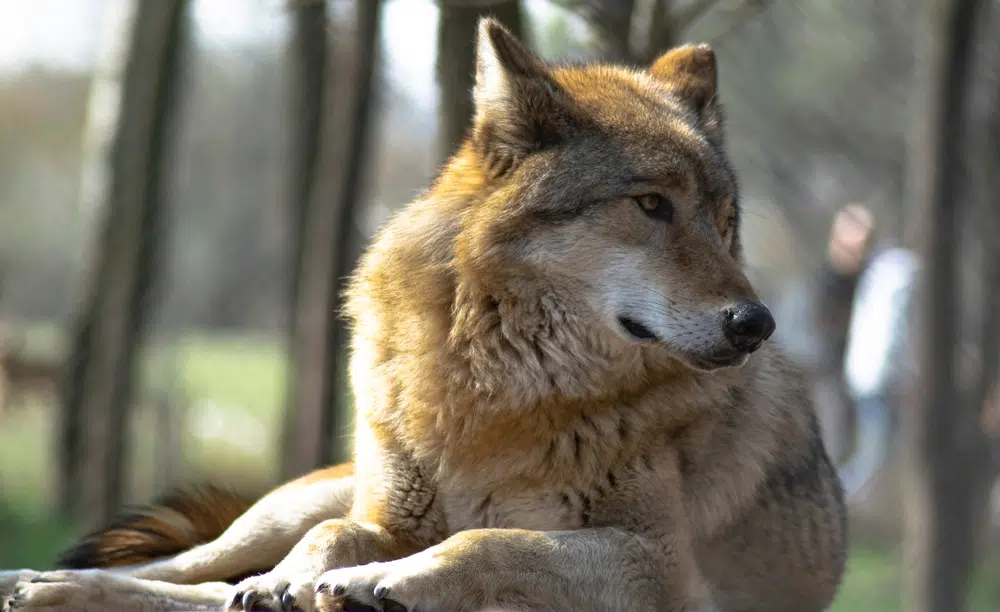The Native American Indian Dog (NAID) is one of the most intriguing and misunderstood dog breeds in North America. Often described as a living symbol of early American heritage, the breed represents an attempt to recreate or preserve the spirit and appearance of the dogs that once lived alongside Indigenous peoples. Although not officially recognized by major kennel clubs, the NAID has drawn growing interest from dog lovers due to its intelligence, beauty, and deep bond with humans.
Origins and History
A Breed Inspired by Ancestral Dogs
Modern Native American Indian Dogs are not direct descendants of ancient tribal dogs. Instead, they were developed to resemble those early companions both in temperament and appearance. Breeders used a mix of breeds with wolf-like traits and loyal temperaments to reconstruct what they believed early Native American dogs may have been like.
The Loss of Original Bloodlines
When European settlers arrived in North America, their dogs mixed with the local Indigenous dogs, leading to the loss of the original bloodlines. Today’s NAID is more of a recreation and tribute to those lost dogs rather than a pure continuation of them.
Breed Recognition
While the American Kennel Club (AKC) does not recognize the Native American Indian Dog, smaller registries such as the National Kennel Club (NKC), Dog Registry of America (DRA), and the Native American Indian Dog Registry do list it as a distinct breed.
Physical Characteristics
Size and Build
NAIDs are large, athletic, and well-proportioned. Males typically stand between 24 and 30 inches (61–76 cm) tall and weigh 55–120 pounds (25–54 kg). Females are slightly smaller but share the same strong, wolf-like physique.
Coat and Colors
Their double coat – a dense undercoat topped with a weather-resistant outer layer – allows them to thrive in a variety of climates. Coat colors range from silver and sable to gray, black, and cream, often with striking markings that enhance their wild appearance.
Overall Appearance
Elegant yet powerful, NAIDs have almond-shaped eyes, erect ears, and a graceful, balanced body that reflects both endurance and intelligence.
Temperament and Personality
Intelligent but Independent
The Native American Indian Dog is highly intelligent and quick to learn, but also independent-minded. This combination makes them both capable learners and, at times, stubborn. They respond best to calm, consistent leadership and positive reinforcement.
Deeply Loyal and Family-Oriented
These dogs form incredibly strong emotional bonds with their families. They are protective but not overly aggressive, and they often act as gentle guardians for children and other pets when properly socialized.
Reserved With Strangers
Naturally cautious around unfamiliar people, NAIDs are not typically aggressive, but they may take time to warm up to strangers. Early socialization helps ensure balanced behavior.
High Energy and Mental Needs
This breed requires regular exercise – both physical and mental. Without sufficient stimulation, they can become bored or destructive. Activities like hiking, agility, and obedience training suit them perfectly.
Health and Care
Life Expectancy
Native American Indian Dogs are known for their long lifespan, often living between 14 and 19 years, which is impressive for a breed of their size.
General Health
Because they are relatively rare and bred with health in mind, NAIDs tend to have fewer inherited issues than many purebreds. However, potential concerns include hip dysplasia and joint problems, especially if they become overweight.
Grooming
Their thick coat requires brushing several times per week, especially during shedding seasons. Frequent bathing is unnecessary – an occasional rinse when dirty is enough. Regular ear cleaning, nail trimming, and dental care are recommended.
Diet
A balanced, high-protein diet supports their energy levels and muscular build. Because they are highly active, calorie intake should match their exercise routine to prevent weight gain.
Training and Socialization
Start Early
Early socialization and obedience training are essential. Exposing NAID puppies to new people, environments, and animals helps them develop into confident, well-adjusted adults.
Positive Reinforcement
They respond best to reward-based training methods that use treats, praise, and play. Harsh discipline can damage trust and create resistance.
Mental Stimulation
In addition to physical activity, NAIDs need mental challenges – puzzle toys, scent work, or advanced commands can help keep their minds sharp.
Is the Native American Indian Dog Right for You?
Pros:
- Exceptionally loyal and affectionate
- Intelligent and highly trainable with the right approach
- Low incidence of genetic diseases
- Stunning, wolf-like appearance
Cons:
- Requires significant physical and mental exercise
- Not ideal for first-time dog owners
- Can be aloof with strangers without proper socialization
- Rare and often difficult to find from reputable breeders
Fun Facts and Common Myths
- Despite their wolf-like looks, NAIDs are not wolf hybrids – they are domestic dogs bred for appearance and temperament.
- Their long lifespan and endurance make them popular with outdoor enthusiasts and active families.
- Some breeders emphasize spiritual and cultural connections to Native heritage, though this aspect varies and should be viewed respectfully rather than literally.
Final Thoughts
The Native American Indian Dog is more than just a beautiful breed – it’s a symbol of resilience, history, and companionship. While not for everyone, those who understand and respect their needs will find in them a loyal, intelligent, and deeply devoted partner unlike any other.
